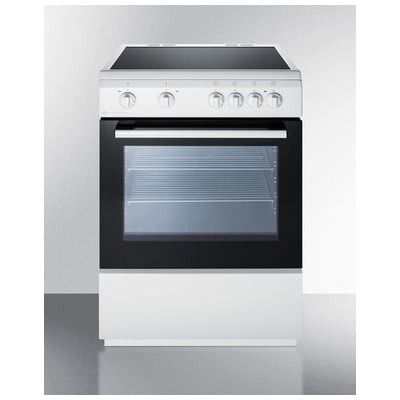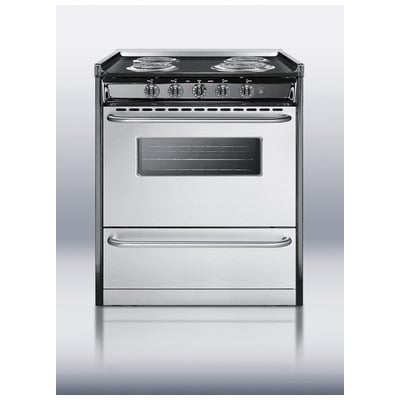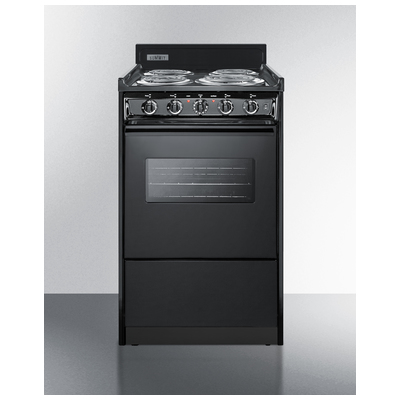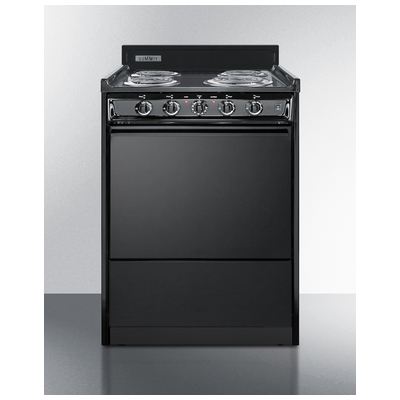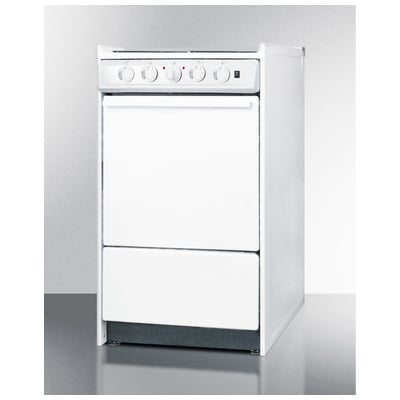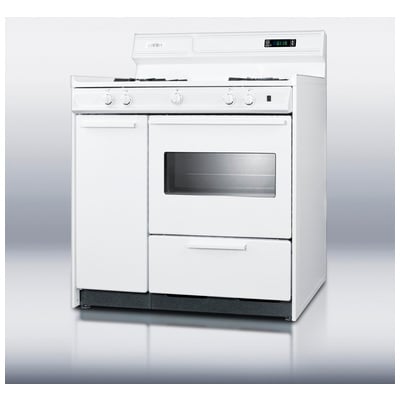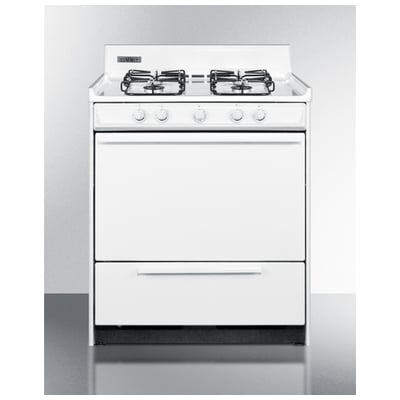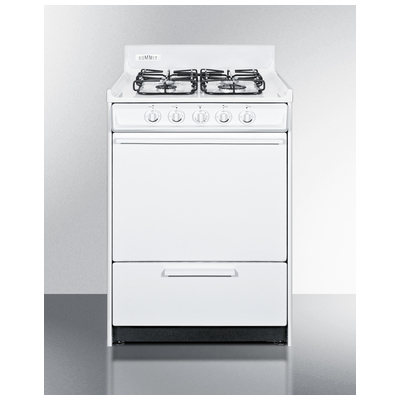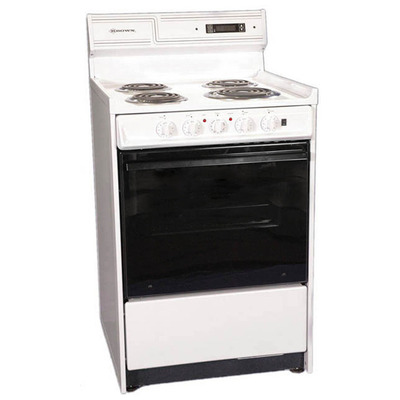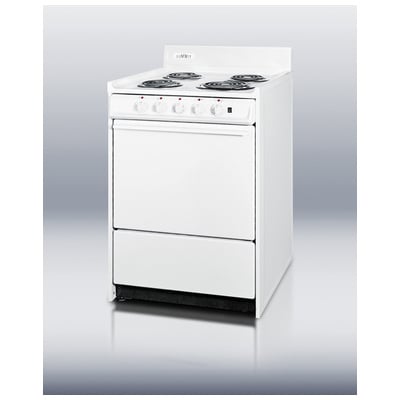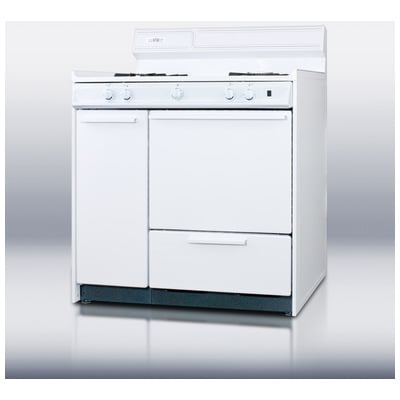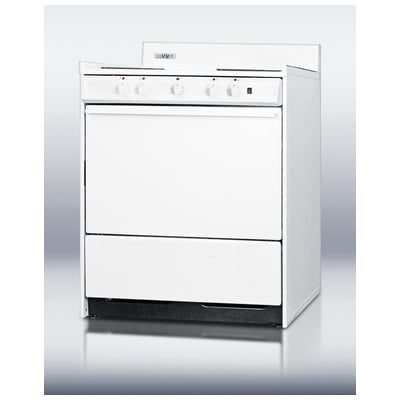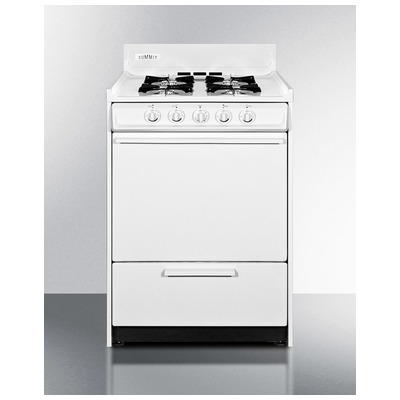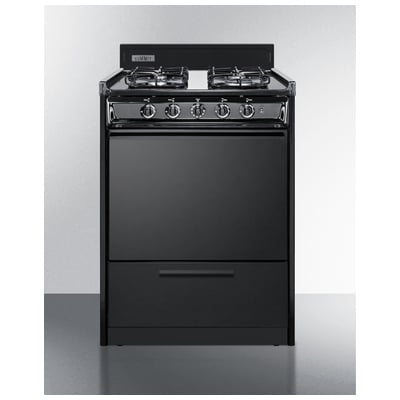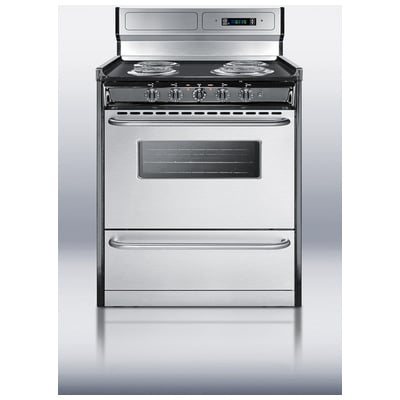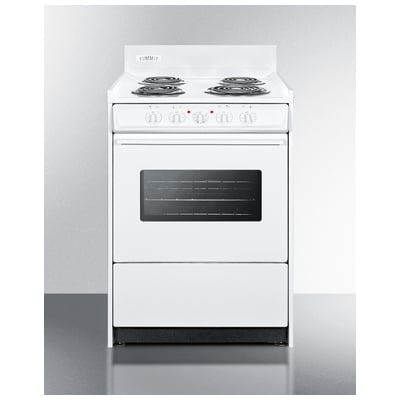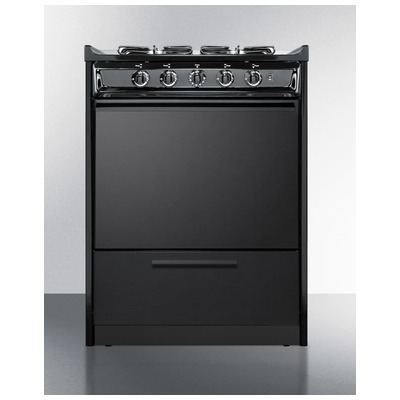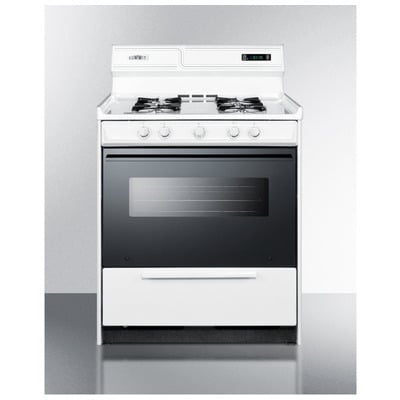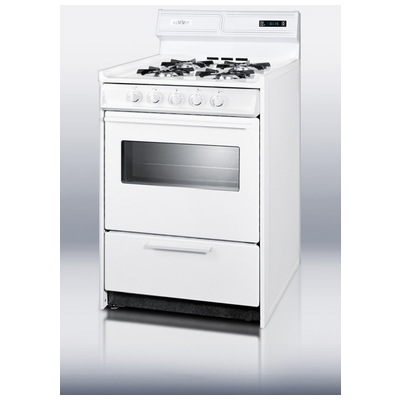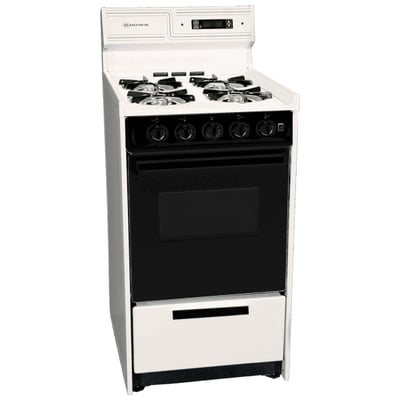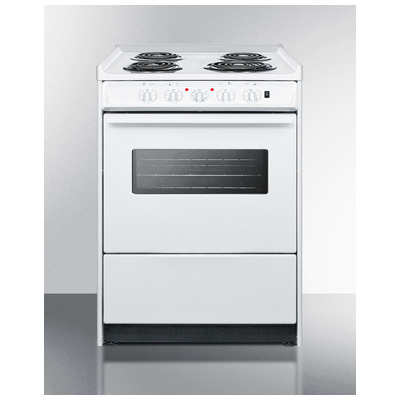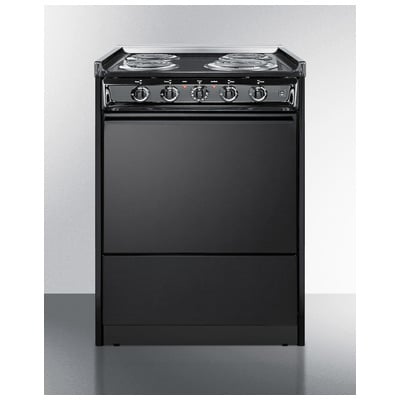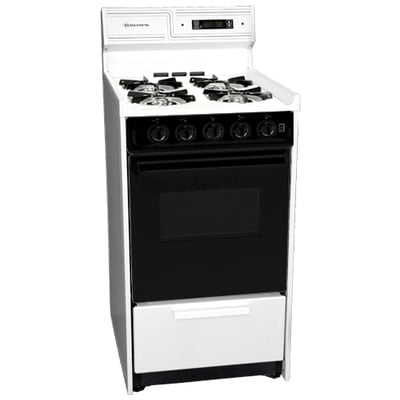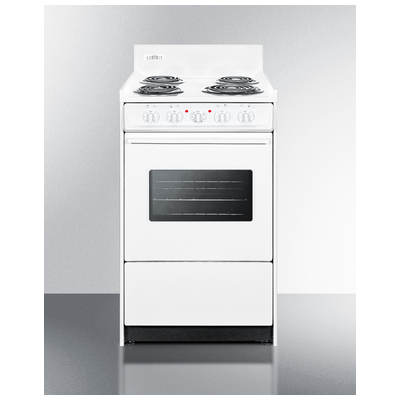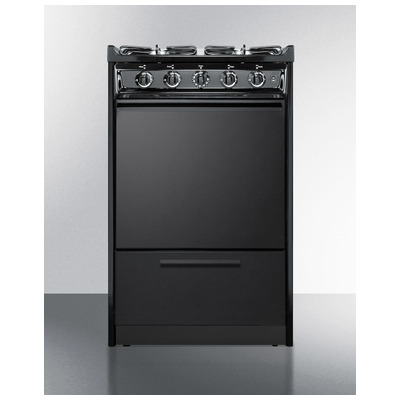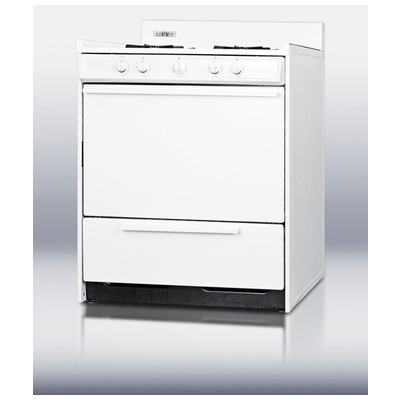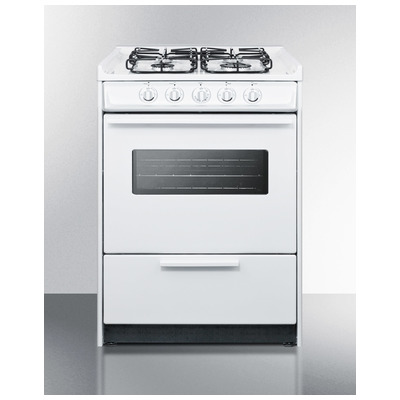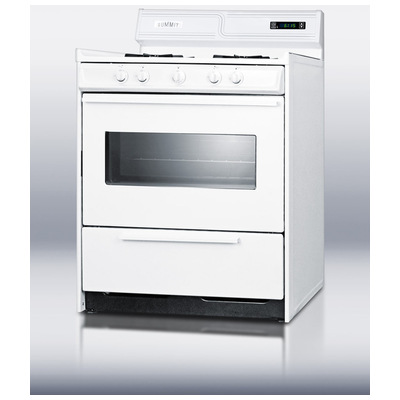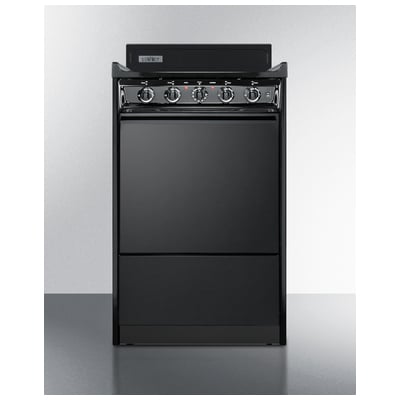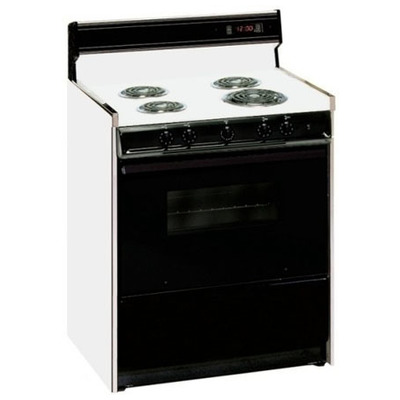There are a whole host of decisions that need to be made when it comes to buying a new stove – how big, how many burners, how many ovens, what color finish, and even how to install it. But the single most important choice, and the very first consideration you need to make, is what type of fuel your new kitchen range will use. The question of gas or electric is ages-old, but there’s a reason that no one has come up with a definitive answer: the choice is personal, depending on what you consider to be a “pro” or a “con.” So, before you start debating whether you need four burners or six, here are a few points you should consider when choosing the basic type of stove you need.
Fuel For The Burner
Gas

In many professional kitchens, gas cooktops are considered a must-have, and as a result they’ve become quite popular in luxury kitchen remodels. The reason for this popularity is that gas provides a rapid, responsive, very high heat that’s ideal for things like searing meat. The main drawbacks, correspondingly, are that gas stoves produce a lot of excess heat and (when searing meat) odors and steam that require an equivalently professional-grade ventilation system. As well, though you get a visual confirmation of the level of heat you’re using because you can actually see the flame, controlling the heat on a gas stove can be less precise than the constant and clearly-marked settings on an electric stove.
Shop Bertazzoni Stoves: Electric

Gas ranges have gotten a lot of attention, but electric ranges are still the better-selling of the two in terms of cooktops. While gas is great for high high heats, electric stoves offer a greater level of control and precision, which is especially useful for things like candy making. Electric ranges typically take longer to heat up (and longer to cool down), but are better at heating a specific area to a certain steady temperature.
Shop Stoves from Verona by Eurochef:
Fuel For The Oven

It’s also important to consider what fuel you want to use for your oven. As a rule of thumb, electric ovens provide a more even, precise heating than gas. If you’re looking for a convection oven (which provide a significantly more even, more rapid cooking and reduced cook times), it’s both more difficult and more expensive to find one that uses gas. As well, electric ranges have much, much more efficient self-cleaning cycles than stoves that use natural gas (or especially propane, if you live in a remote area), which should be a factor if you desire a high-heat self-cleaning function. Deluxe professional-style ranges offer the best of all worlds, but often come with a premium price tag.
Dual Fuel?

Now, part of the trick in deciding what fuel to use for your stove and what to use for your oven is finding a range that combines your desires for both. Often, what you choose for your range is going to be what you use for your oven. The exception comes in the form of dual-fuel ranges, which typically combine a gas powered range (for the high heat and rapid response) with an electric oven (for even heating and cleaning power). These are a popular choice for a luxury kitchen remodel, but keep in mind that they’ll always be more expensive than single-fuel ranges. Many experts argue that there isn’t enough of a difference in performance to justify the added expense of a dual-fuel, that is, unless you opt for a more powerful electric convection oven (which will add still a little more to the price, but which can be a major time saver for a big cook).
Availability And Cost

In addition to the advantages and drawbacks of each, it’s important to keep in mind simpler, more practical considerations, like the availability and expense of gas vs. electric in your area. Obviously, if your area doesn’t have access to natural gas, your options are limited, but if your area has access to both, it might be worth looking at your gas and electric rates and seeing if one would be significantly more or less expensive. Ultimately, because your range won’t be used as often as, say, your refrigerator, it probably won’t add up to a HUGE difference in your monthly utility bills, even if you choose a gas range in an area where gas is more expensive. But depending on your rates, it can be a noticeable difference.
Environmental Impact

If you’re trying to build a greener kitchen, you might also want to consider the environmental impact of gas vs. electric. This one is a little bit tricky, because while the carbon footprint of your natural gas usage is directly proportional to how much fuel you use, the footprint of an electric range can vary widely based on the source of your electricity. If your area’s electricity is provided by coal, choosing a natural gas range can actually be more environmentally friendly, whereas if you have a sustainable source of electricity (like wind, solar, or hydro power), electricity is often the more sustainable choice.
What About Induction?

Just to throw another wrench in the already fairly complicated decision-making process, recent tech innovations have seen a third competitor added to the cooktop competition: induction cooktops. These are, at their heart, electric cooktops, but rather than using electric or halogen heating coils, these use a special electric current that creates a magnetic field that transfers heat directly to magnetic cookware. Now, induction cooktops are more expensive than either gas or electric, but produce the same high heat and rapid response of gas with the precision and control of an electric cooktop. Better still, because the energy transfers directly to your pots and pans, almost no energy is wasted (a plus for the environment and your ventilation system), and the heating element itself stays cool to the touch (ideal if you have small children). You will need the right kind of pans for an induction cooktop to work, but this type of range is definitely gaining traction with big families and tech-savvy chefs.
Cooking Surface (And Cleaning)

Finally, one of the most important considerations in terms of fuel choice has almost nothing to do with the fuel itself, but the different user interfaces that result from each. Gas cooktops are always going to be somewhat exposed, with removable metal grates or plates that conduct heat, but can be a little more difficult to clean. Some have special “easy clean” features (including sealed burners), but are still pretty prone to overflow messes. Traditional electric stoves (ones with exposed coils and drip pans) suffer from this same problem, but more modern glass or ceramic-topped electric ranges (including induction cooktops) wipe clean easily and don’t have any area that can get clogged (like a gas range) or visibly dirtied over time (like an electric drip pan). Many smooth-topped ranges also have a rim to prevent spillage, making them even easier to keep looking clean and new.
As you can see, the choice is far from simple or straightforward – each side has it’s own advantages and drawbacks. But, hopefully knowing what they are, the choice for YOU will be clear! So what side do you fall on: Gas, electric, dual fuel, or are you inclined to try out an induction cooktop? Let me know which you love and why!
Shop Stoves and Kitchen Rangs:


